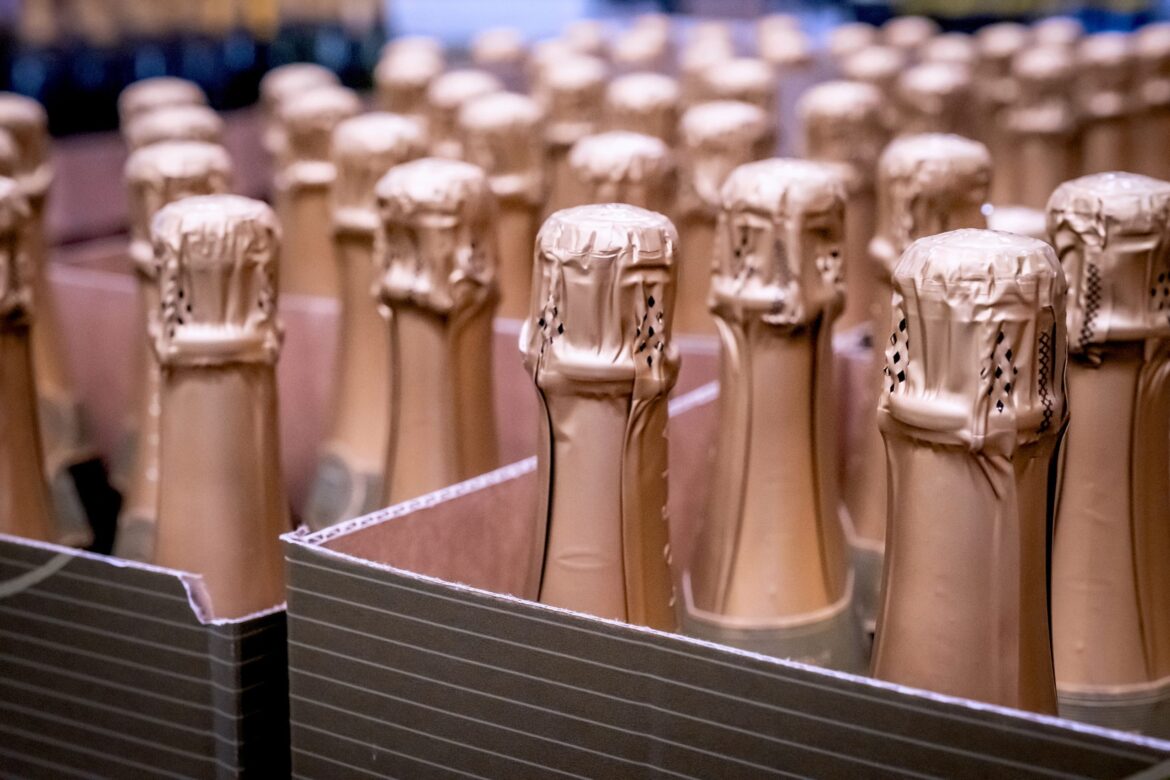Prosecco now accounts for nearly a third of all Italian wine sales in the US, with growth far outpacing the wider category and awareness levels closing in on Champagne.

Market dominance
Prosecco continues to grow its foothold in the United States, accounting for 31% of the value of all Italian wines sold, according to the latest UIV-Vinitaly Observatory report released ahead of Vinitaly.USA in Chicago (5–6 October).
Penetration spans all age groups, with 27% of US millennials consuming Prosecco. Beyond being enjoyed on its own, the Italian sparkling has become a staple in cocktails, spritzes and ready-to-drink formats.
Fifteen years after redefining its production pyramid – covering Conegliano Valdobbiadene Prosecco Superiore DOCG, Asolo DOCG and Prosecco DOC – the category has grown from almost nothing to more than US$500 million in sales. Over the past seven years, sales have risen 178%, four times faster than Italian wines overall.
“Prosecco has shown remarkable resilience, backed by a consistent promotion strategy and increasingly effective marketing investments,” said Adolfo Rebughini, general director of Veronafiere. “Its presence at Vinitaly.USA, alongside the Veneto regional collective and top producers from all three denominations, underscores this momentum. Prosecco – and Italian wine more broadly – are well positioned to meet challenges such as tariffs. It proves that when Italy combines quality with strategic promotion, it can secure a leadership role in the global market.”
Record-breaking performance
In 2024, Prosecco reached a record US$531m in US sales, with its market share (27%) exceeding the Italian wine average (24%). Growth has been near continuous, apart from a brief pause in 2020, followed by a 90% cumulative increase over the subsequent four years.
The UIV-Vinitaly Observatory found Prosecco generates US$2.9 billion in annual consumption in the US, at an average bottle price just under US$18 (75cl).
“In just a few years, Prosecco has achieved the highest awareness among Italian wines in the US, at 40%,” said Carlo Flamini, head of the UIV-Vinitaly Observatory. “Considering the relatively young age of the product, this brings it closer to iconic wines like Champagne, which enjoys 52% awareness. But where Prosecco has already overtaken French sparkling wine is in actual purchase conversion – 31% versus Champagne’s 24%.”
Distributor data from SipSource shows Prosecco led the US sparkling market in the first seven months of 2025, both in volume and consumer value, taking a 30% category share against Champagne’s 28%.
Regional growth and future potential
Consumption is strongest along the Eastern Seaboard, which accounts for more than half of US Prosecco sales. Growth opportunities remain in the Western states and the East North Central region.
Prosecco represents 87% of Italian sparkling sales in the US and 25% of all Italian wine sales. The IWSR notes that its role in mixology continues to expand, with increasing use in cocktails and RTDs, from spritzes to fruit-juice blends.
Looking ahead, the UIV-Vinitaly Observatory sees scope for growth beyond traditional consumers, particularly among America’s increasingly multicultural demographic.
Vinitaly.USA 2025
Vinitaly.USA, held at Chicago’s Navy Pier this October, will host 250 Italian wineries and consortia with a combined turnover of more than US$7.2bn. Organisers expect attendance from US importers and distributors to remain strong, underlining the fair’s role as a key entry point into the market.
The event will also feature the wine2wine Vinitaly Business Forum, sessions from the Vinitaly International Academy, Vinitaly Tourism, and SOLExpo’s Oil Bar.
Prosecco’s trajectory in the US illustrates how quality, promotion and adaptability can secure a leading position for Italian wine in competitive markets – a message Vinitaly.USA intends to amplify.
Related news
Loss of US fine wine buyers following Trump tariffs akin to the ‘exodus’ of Asian buyers in 2010
Litigation may be pending over Napa’s Pickett fire
Sonoma’s Aperture Cellars makes its debut on United Airlines


Dining and Cooking